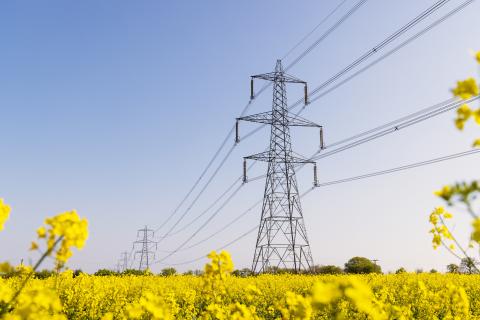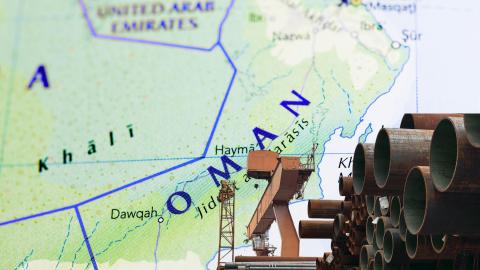IEEFA Report Questions India Commitment to Expensive Coal-Fired Ultra Mega Power Plants
Aug. 3 2016 (IEEFA.org) — The Institute for Energy Economics and Financial Analysis published a report today detailing growing risk around India’s expensive coal-fired Ultra Mega Power Plant (UMPP) program.
The report—“India’s Questionable Ultra Mega Power Plans: Viability Issues Continue to Complicate New Coal-Fired Projects”—argues that while India has made important energy-policy strides over the past few years, it would be well-advised to consider suspending the UMPP program.
“Our report details how these UMPP projects stand in jarring contrast to better-advised initiatives that include a huge renewable-generation expansion program that has shown much promise,” said Jai Sharda, a Bengalura-based energy-market analyst and managing partner of Equitorials. Sharda co-authored the report with Tim Buckley, IEEFA director of energy finance studies, Australasia.
Sharda noted that private investors have pulled out of the government’s UMPP current projects, at Bhedabahal, Odisha and Cheyyur, Tamil Nadu, owing in part to doubts about bidding restrictions imposed by the Design, Build, Finance, Operate and Transfer (DBFOT) model attached to the plants. Rules on how much developers can pass on costs to consumers have also stirred doubts about how investors would hedge against fuel-price and exchange-rate risk.
The report describes numerous other shortcomings in the UMPP model in India.
Excerpts:
- “Almost by definition, UMPPs are delayed by approval and construction complications. One clear impact of these delays is on the cost of building these plants. One result of such delays: higher capital costs, which make such project even less viable and increase the risk of these projects becoming stranded assets.”
- “Other hurdles to the viability of UMPPs in India: a doubling of coal taxes three times in the past four years and the overleveraged condition of the Indian electricity sector in generation, a situation combined with a high amount of stress in the Indian banking sector that makes it difficult for proposed UMPPs to raise debt financing.”
- “While recently revised guidelines for the UMPPs address some roadblocks that private bidders faced in raising finance for the projects, important questions remain. Land-acquisition rules for the projects are ambiguous, a tangle of litigation promises further delays, and likely tariffs required on UMPP electricity would drive electricity prices up. Further, a significantly improved power supply scenario in Tamil Nadu has reduced the need for a project like Cheyyur UMPP.
- “IEEFA’s research suggests that electricity consumers would be better served by an improvement in the finances of Tamil Nadu Generation and Distribution Company and a focus on eliminating Aggregate Technical and Commercial losses rather than building more power generating capacity. An additional core problem with UMPPs like Cheyyur: reliance on outdated supercritical technology.”
- “Against the backdrop of research that shows the imprudence in expanding coal-fired electricity generation, India’s impressive solar expansion has been accompanied by impressive price declines. The required tariff for solar power has dropped recently to Rs 4.4/kWh (~US$ cents 6.5) from Rs 12.5/kWh (~US$ cents 19.0) –a 65% decline. The cost of solar power has plunged in other parts of the world as well, with records being set in countries that include Dubai, Mexico and Peru.”
Read the full report here.
Media contact:
Karl Cates, [email protected], 917.439.8225
______________________
About IEEFA
The Cleveland-based Institute for Energy Economics and Financial Analysis (IEEFA) conducts research and analyses on financial and economic issues related to energy and the environment. The Institute’s mission is to accelerate the transition to a diverse, sustainable and profitable energy economy and to reduce dependence on coal and other non-renewable energy resources.
###












